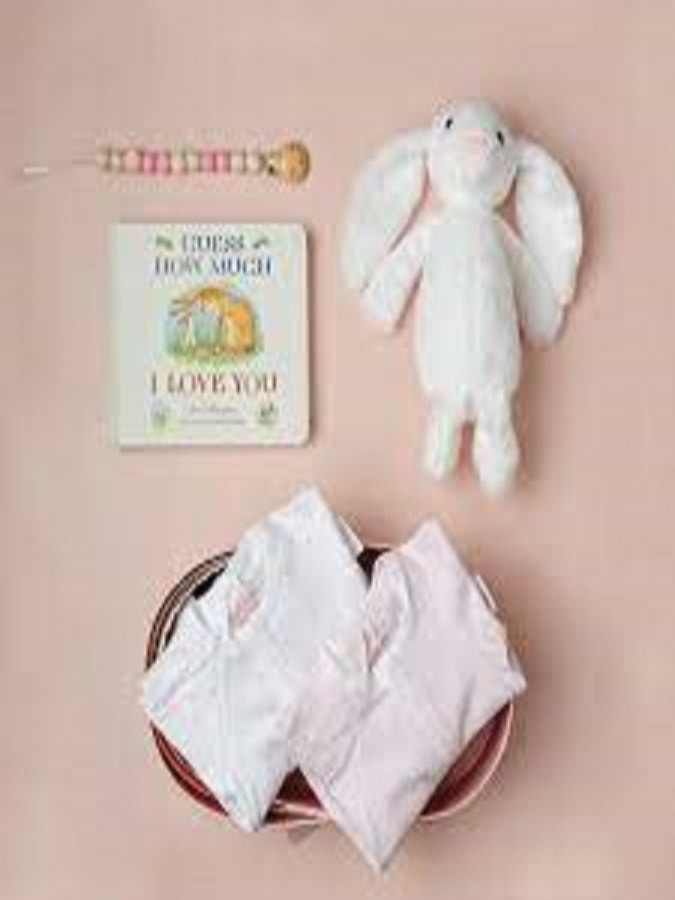How To Teach Personalised Gifts Better Than Anyone Else
페이지 정보

본문
The history of garden design is a rich tapestry of styles, influences, and innovations, reflecting the changing aspirations, values, and aesthetics of different societies. From the formal gardens of ancient civilizations to the contemporary landscapes of today, the art of garden design has continually evolved to meet the needs and desires of each era. The principles of sustainability, biodiversity, and ecological sensitivity are now guiding the evolution of garden design, as designers seek to create landscapes that are both beautiful and environmentally friendly. The future of garden design promises to be as diverse, dynamic, and innovative as its past, as designers continue to push the boundaries of creativity and imagination in shaping the landscapes of tomorrow.
1. Light: Most tropical houseplants prefer bright, indirect light. Place your plants near a window where they can receive filtered sunlight throughout the day. Avoid placing plants in direct sunlight, as this can cause their leaves to burn.

In addition to their air-purifying and mood-boosting benefits, houseplants can also enhance the aesthetic appeal of our homes. With a wide variety of shapes, sizes and colours to choose from, houseplants can be used to add a touch of greenery to any room, whether it be a small succulent on a windowsill or a large fiddle-leaf fig in a corner. Plants can also be used to create focal points and add interest to a space, transforming blank walls and empty corners into vibrant and inviting areas that reflect our individual style and personality.
Today, garden design in Britain continues to evolve, with a growing emphasis on sustainability, biodiversity, and the integration of technology into garden spaces. Urban gardening has become increasingly popular in recent years, as city dwellers seek to reconnect with nature and create green spaces in their communities.
The Victorian era ushered in a new era of garden design, with the rise of the gardenesque style and the influence of exotic plants and materials from around the world. Victorian gardens were characterized by their eclectic mix of styles, materials, and plants, with ornate structures, intricate borders, and colourful displays. The formal bedding schemes and intricate parterres of the Victorian era reflected the opulence and grandeur of the period, with an emphasis on display and showmanship.
The Tudor era is often regarded as the starting point for formal garden design in Britain. Influenced by Italian Renaissance gardens, Tudor gardens were characterized by their symmetrical layouts, geometric patterns, and elaborate topiary. These gardens were often seen as extensions of the grand baby Announcement estates on which they were located, serving as status symbols for their wealthy owners.
When it comes to choosing the right houseplants for your home, there are a few factors to consider. Firstly, think about the amount of natural light available in each room, as this will determine which plants will thrive in your space. Some plants, such as spider plants and peace lilies, prefer bright, indirect light, while others, like snake plants and ZZ plants, can tolerate lower light conditions. It's also important to consider the humidity levels in your home, as some plants, such as ferns and orchids, thrive in more humid environments.
The history of garden design can be traced back to ancient civilizations such as Mesopotamia, Egypt, and Persia, where gardens were seen as symbols of power, prestige, and wealth. These early gardens were often enclosed by walls or hedges, with geometrical layouts, water features, and carefully manicured plants. The Hanging Gardens of Babylon, one of the Seven Wonders of the Ancient World, is a prime example of the grandeur and opulence of ancient garden design.
Tropical houseplants not only beautify our living spaces but also provide a range of health benefits. Studies have shown that indoor plants can improve air quality by reducing toxins and pollutants, such as formaldehyde and benzene. Tropical houseplants are particularly effective at purifying the air, thanks to their large surface area and efficient photosynthesis process.
In conclusion, houseplants are a wonderful addition to any home in the UK, providing beauty, health benefits, and a sense of well-being. By choosing the right plants for your space, caring for them properly, and reaping the benefits of their presence, you can create a lush, green oasis indoors. So go ahead, indulge your green thumb and bring the beauty of nature into your home with houseplants.
- 이전글құлаған үйді армандау 24.10.02
- 다음글Are Marriages Made in Heaven or Dating Sites 24.10.02
댓글목록
등록된 댓글이 없습니다.




